Hillard Grossman
Reprinted from FLORIDA TODAY

Windex-colored water, pastel-painted buildings and bronze bodies typify South Beach. But lost in the world of models, muscles and “Musica Latina,” the now-glamorous area of Ocean Drive proved to be a big push for surfing’s evolution, starting in the 1930s.
“It’s a very important part of Florida surfing history, especially near a big town, and all the tourists,” said John Hughes, executive director of the Florida Surf Museum in Cocoa Beach, and host of “Surfing Miami: A Definitive Look at Surfing on Miami Beach.”
The “Surfing Miami” exhibit’s grand opening takes place at 7 p.m. on Saturday, Dec. 11, and will remain on display through March, 2022.
Much of the Florida Surf Museum’s exhibit is attributed to the comprehensive book, “Florida Surfing: A Photographic History,” by South Florida surfer Paul Aho, with assistance from his buddy, Ron Faulds, and murals from Florida Atlantic University.
There are stories from The Miami Herald on how a rival surf shop allegedly destroyed a competitor’s building with fire; how one University of Miami student practically invented “baggies,” only to see his factory fold as a surge of Hang Ten apparel was introduced; and how looting and a decay in morals shut down other businesses.
But, surfing in South Florida — actually first documented in the 1920s, and pioneered by the legendary Whitman brothers — played a pivotal role in the progression of the sport, bringing it into the same conversation as Hawaii and California.
Indialantic’s Bill Whiddon, 67, was born in Miami. He and his dad surfed where the Miami Beach Pier loomed large at First Street and Ocean Drive, adjacent to the Miami Beach Kennel Club.
In 1964, Whiddon was a fourth grader when his dad took him to the Sunnyland Theater in South Miami to see “Endless Summer,” an epic film that still stands the test of time.
“My dad was jazzed, as I was … We had a big, old blue pop-out, but I was tired of sharing the board, so dad brought me up to Cocoa Beach,” Whiddon said, recalling the purchase of a 9-foot, 8-inch Yater Spoon foam and fiberglass board at the old Ron Jon strip mall shop (before it later blossomed into the two-story “world’s largest” surfing showcase).
The evolution into the shortboard era in the mid-’60s increased the hype of the sport, especially in the tropics.
Soon, Whiddon said, “You’d see surfers cutting down their beautiful boards, but it was everything — The Beach Boys, ‘Surfin’ USA,’ peace and love. Everyone wanted to be a surfer.”
Whiddon, whose career evolved in the creative design and advertising industry, lived in Coconut Grove on Biscayne Bay, 8-10 miles from the beach over the McArthur Causeway.
Living far from the beach, he, like other surfers, would use a pay phone to call Jack Diamond, who operated Jack’s Stand outside the kennel club and had a bird’s-eye view of the ocean. By calling collect to save those dimes, they would ask for “Morey Pope” — the code words for surf conditions. “If Jack said, ‘He’ll be back at 2,’ we knew it was 2 feet, and if he’d say, ‘He’s not here, he’s chopping wood,’ we’d know there was a (wave) chop.”
Whiddon also became an accomplished paddleboarder. He and Thad Foote were the first to paddle stand-up from Bimini in the Bahamas to Miami (17 hours, 48 minutes), a charity event to raise awareness about plastics in the ocean.
When Whiddon moved to California to continue his college education, people would look at him in disbelief and say, “What? There’s no surf in Miami.”
“Well, from my perspective, if you learned to surf anywhere on the East Coast — with long flat spells, wind chop, and where you’d be happy to get a three-second ride — you could surf anywhere.”
Miami area surfers considered ‘kooks’
While attending the University of Miami in the early ’60s, Bruce Walker said he “needed money,” so he partnered with surfing star Lewis Graves and Ted James (who owned the original Fox Surf Shop In West Palm Beach) to open Ocean Avenue Surfboards at 10 Ocean Drive, a stone’s toss from the dog track and beach, where parking cost 25 cents.
“The image Miami surfers had then was ‘kooks’ — it was horrible but probably well deserved. That’s just the way it was,” said Walker, 69, from his home on Oahu after a day of skateboarding at the Banzai Skate Park near the famed Pipeline on Hawaii’s North Shore.
“Then what happened — I was always into filmmaking — I’d later show my movies at the Melbourne Beach Community Center and those waves (sometimes) looked like Hawaii, so word spread pretty fast and the whole attitude changed. It was not great, but it was even, and they wouldn’t hassle you after that.”
Off Ocean Drive, the area on the south side of the jetty that led to the port, “about maybe a couple football fields,” Walker said, produced the best waves at times.
An epic photo of a huge swell — maybe 8 feet — is one of the exhibits at the Florida Surf Museum. “Now, if you’re from Miami, it’s a 12-footer,” Hughes said, laughing.
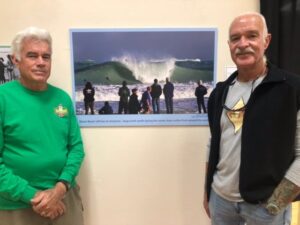
John Hughes and Bill Whitman
Incidentally, Walker, a Hall of Fame skateboarder and surfer who moved to Melbourne Beach to open another surf shop by the same name on Ocean Avenue in Indialantic, coached and prepared 11-time surfing champion Kelly Slater for his illustrious career.
Just a short while after Walker departed Miami, board shaper Bud Gardner — who also was inducted into the East Coast Hall of Fame prior to his passing — opened the Bud Gardner Surf Shop not far from where Walker’s shop was on South Beach. Gardner, called a “legend” by Walker, later moved to Melbourne Beach as well, where he continued his fine line of surfboards in addition to other works of craftsmanship.
Whitman brothers made the push
In the 1930s, teenage brothers Dudley and Bill Whitman, who learned to surf in Hawaii, began to passionately promote the sport in Miami from their Collins Avenue home. Bill, who later invented the first underwater camera, is credited with building Florida’s first Hawaiian surfboard — out of sugar pine, 10 feet long and 10 inches thick.
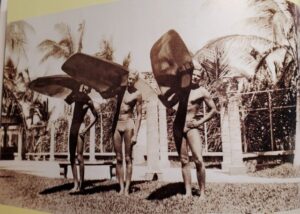
The Whitman brothers with their hollow surfboards. Photo courtesy of History Miami Museum
Tom Blake, a Wisconsin native, first “fooled around” on a surfboard left behind in Florida in 1922. He would soon deliver a lighter, hollow surfboard to the area, revolutionizing surfing technology and igniting the surfing scene.
In the 1956, Dudley Whitman opened the first surf shop in Miami, called the Challenger Marine Showroom on 133rd Street in North Miami.
“They kind of jump-started surfing in Florida,” Hughes said. “As much as they were known as promoters, they were pretty good surfers, too.”
West Coast East Surf Shop formed in 1961 on 1st Street in Miami Beach and became Surfboards Miami by Bruce Freeman. Then, there was Adventurers Dive and Surf. Those shops were literally shaping the future of the sport.
Mark and Roddy Perry were just two of the South Beach surf stars but many agree the best surfers from Miami were actually the late Dick Catri and his buddy, the notorious Jack “Murph the Surf” Murphy, who were part of hotel diving acts in Miami Beach before later settling in Brevard County.
Unfortunately, surf shops and other businesses fell victim to looting by the Merilitos (freed Cuban prisoners), who began setting up on South Beach after landing in the Keys.
Today, the beachside dog track has given way to sky-high condos. The municipal pier, once a crowded site of major contests, was torn down. Art-Deco buildings now line the area where Walker and Gardner had their surf shops.
“I wouldn’t have changed a thing,” said Whiddon, reflecting on his younger days. “It was a wonderful time to be a surfer in Miami.”
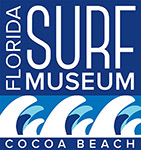

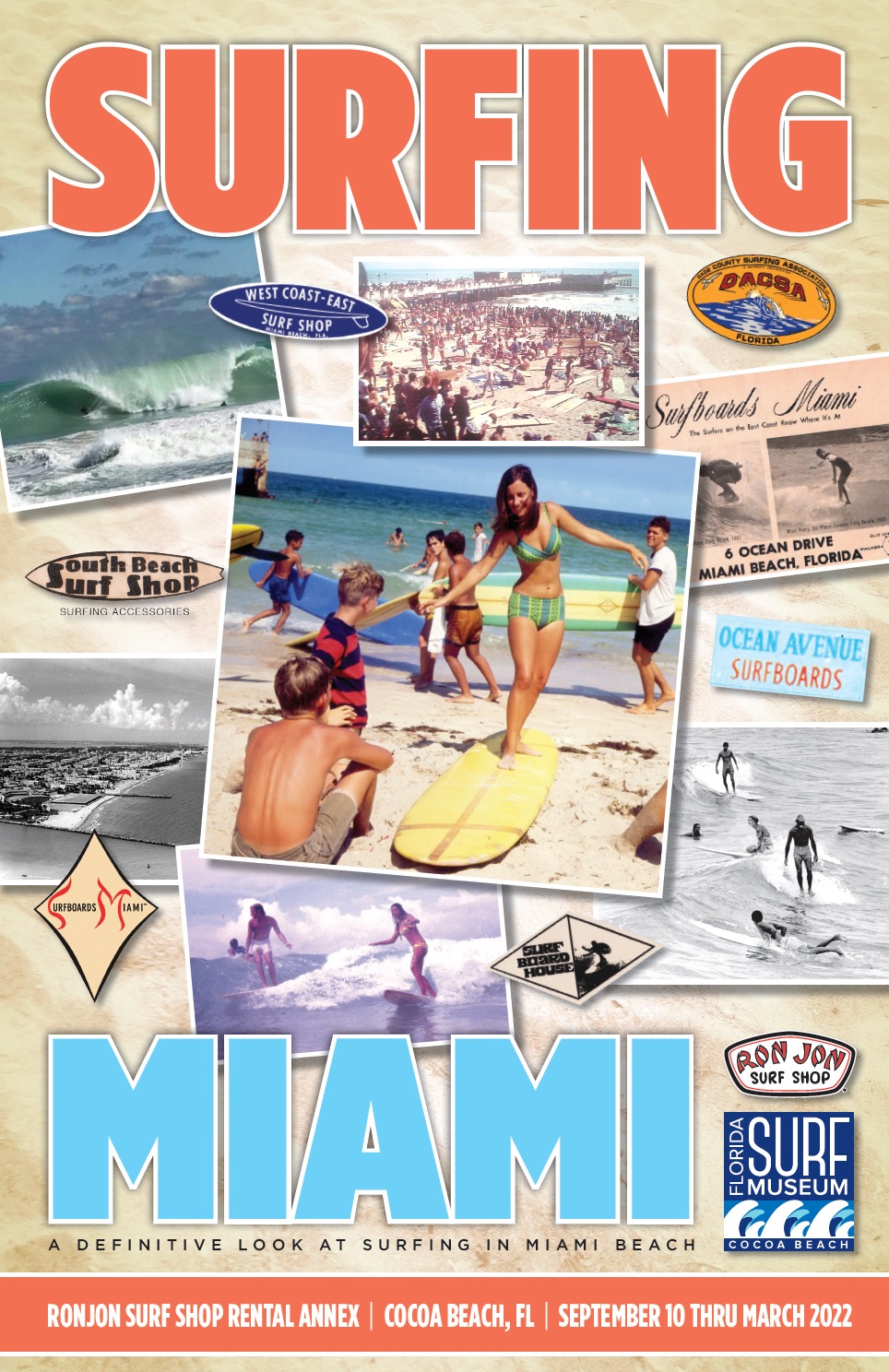
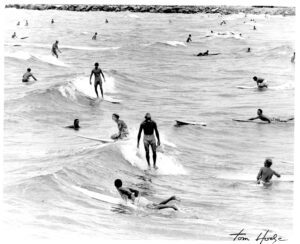



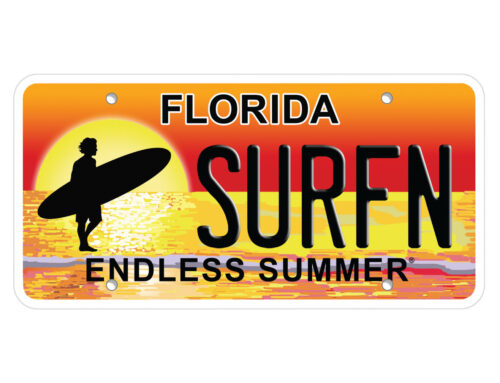
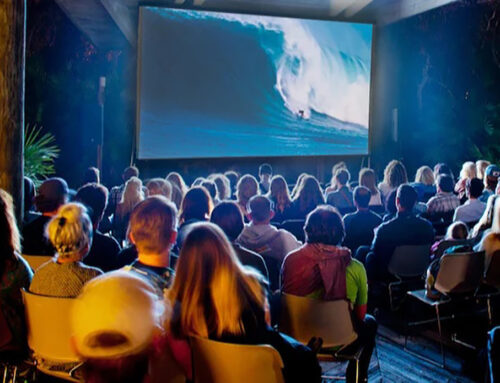

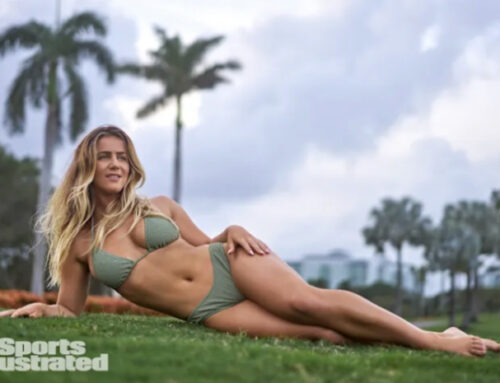
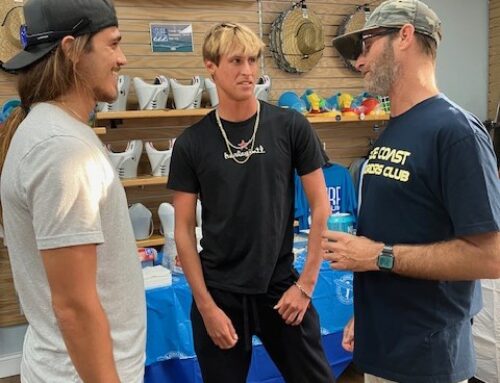
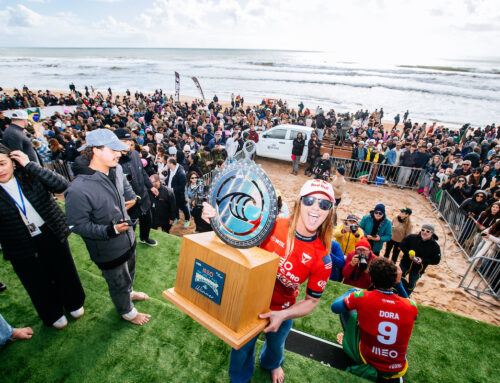
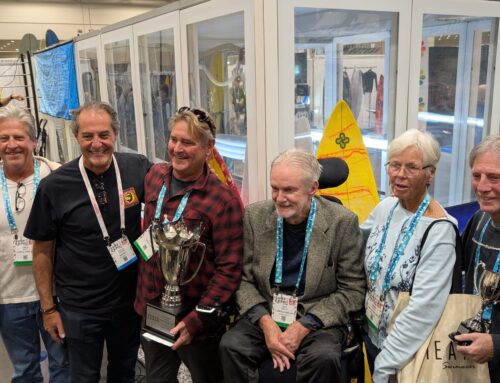

Leave A Comment